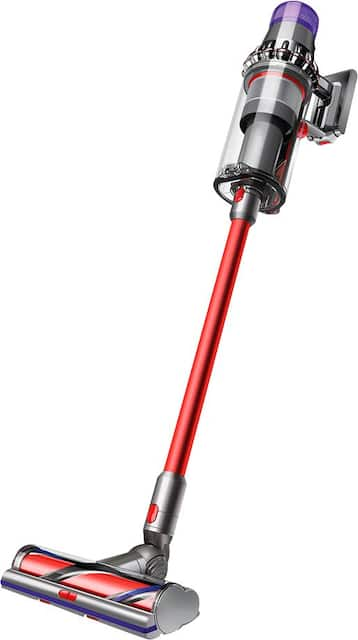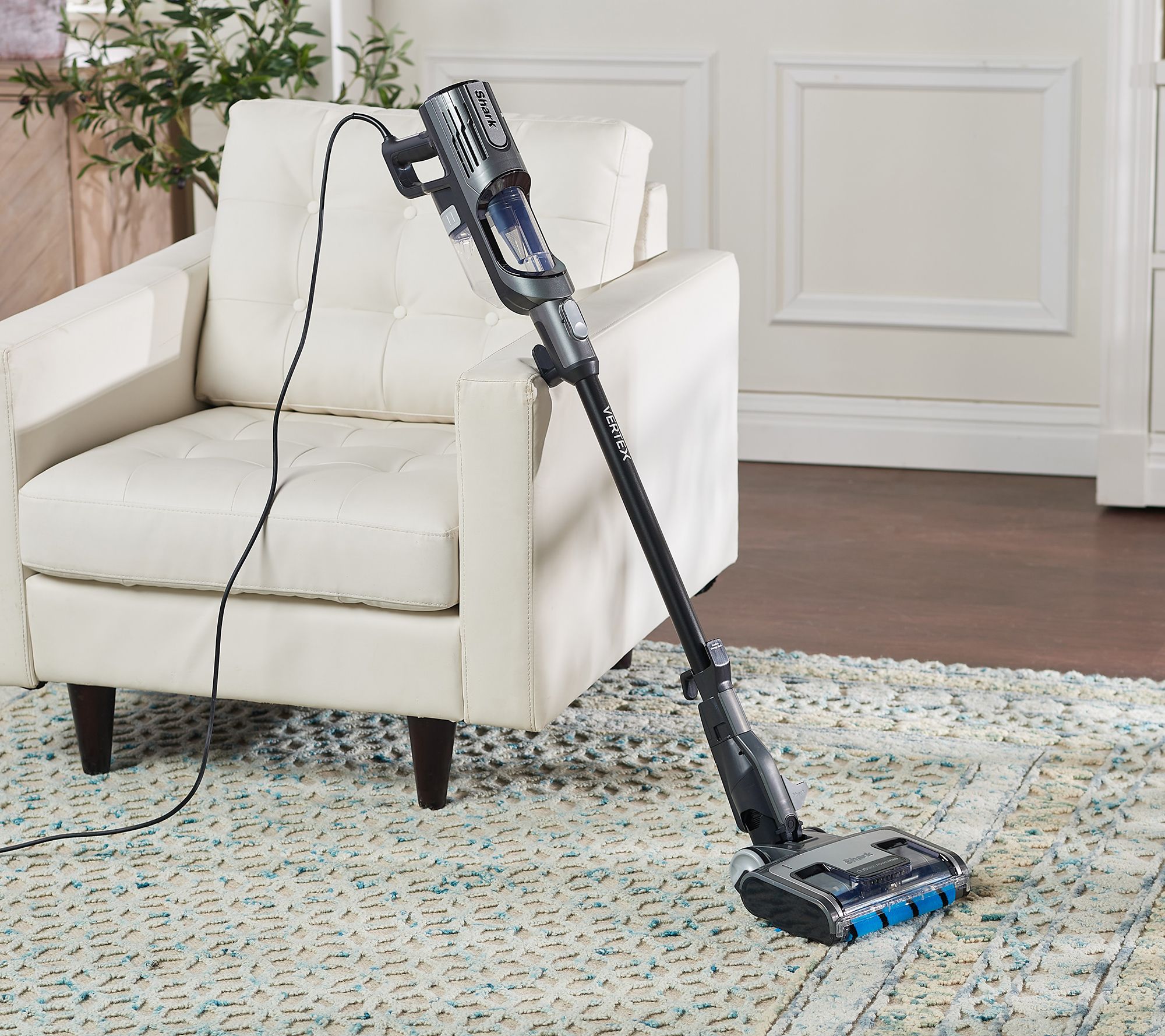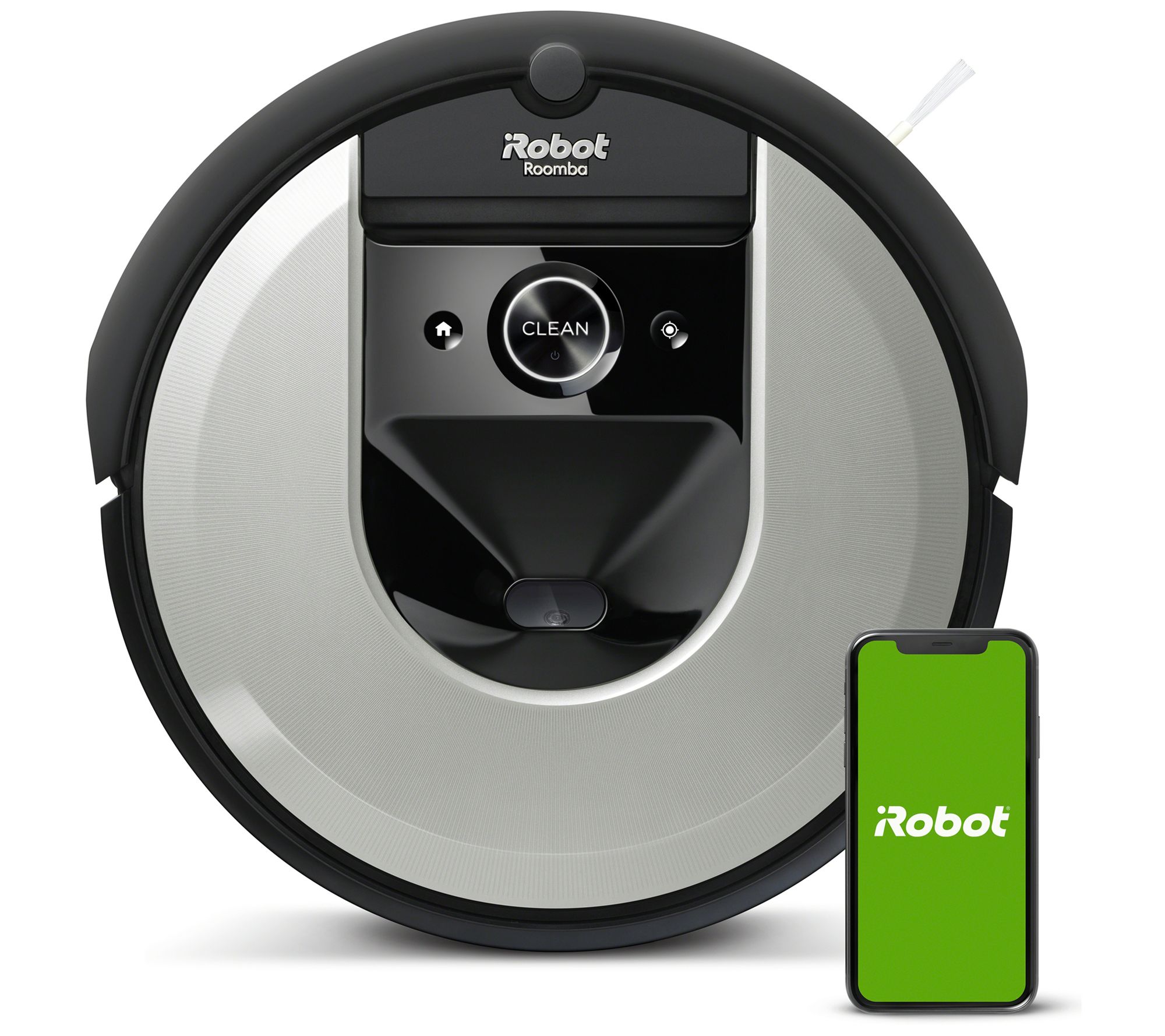Dyson V10 Allergy Cordfree Vacuum Cleaner – Blue – New
The Dyson V10 cordless vacuum cleaner is engineered with the power, versatility and run time to deep clean homes with pets. Dyson’s de-tangling Motorbar™ cleaner head deep cleans carpets and hard floors with hair removal vanes that clear long hair and pet hair from the brush bar.
The Dyson V10 cordless vacuum cleaner is engineered with the power, versatility and run time to deep clean homes with pets. Dyson’s de-tangling Motorbar™ cleaner head deep cleans carpets and hard floors with hair removal vanes that clear long hair and pet hair from the brush bar. Advanced, whole-machine filtration captures pet allergens and fine dust, expelling cleaner air. Its versatile cordless format transforms into a handheld vacuum with one click so you can clean up high, down low and everywhere in between— with 3 cleaning modes for the right power where you need it. Please note: Item may ship in non-retail box.
In the box: V10 Allergy, Crevice Tool, Docking station, Combination Tool, Mini Soft Dusting Brush, Mattress Tool, Direct Drive Cleaner head.
- Powered by the Dyson digital motor V10
- 3 Cleaning modes for the right power where you need it, and 30% more suction than the Dyson V8™
- Up to 60 minutes of run time
- Engineered for homes with pets.
- De-tangling Motorbar™ cleaner head
- Lightweight versatility
- Advanced whole-machine filtration
- No loss of suction
- Drop-in docking
Additional information
| Manufacturer Part Number | 400489-01 |
|---|---|
| Assembled Product Dimensions (L x W x H) | 49.20 x 10.10 x 9.50 Inches |






by Daisy
Excellent vacuum cleaner at an excellent value.
by Janet
Love this vacuum! Does a terrific job on tile, hardwood and carpets. And so easy to empty. So much easier and faster than hauling out the big vac. Charge is plenty long enough. Highly recommend
by Tracy
Once you go Dyson, you can never go back! I have two dogs that shed a TON, and Dyson is a game changer. My mom got jealous of mine, and keeps trying to keep it, so we are going to get her one for her birthday too. The only thing with cordless, is getting used to the short battery life. I often vacuum two rooms at a time, plug it back in, clean other things and do laundry or whatever, then use it again.
by Melo
Dyson V10 Allergy Cordfree Vacuum works great! Recommend it!
by Tong
Powerful and easy to setup
by Karina
The best vacuum I have ever owned! This literally picks up everything. I definitely recommend.
by Michael
I had the V8. It did a good job with dog hair etc.. This is on another level of strength. Sucks up everything on rugs and hardwood. Haven’t used it on carpet but assume it would be fantastic. It’s light, powerful and well built.